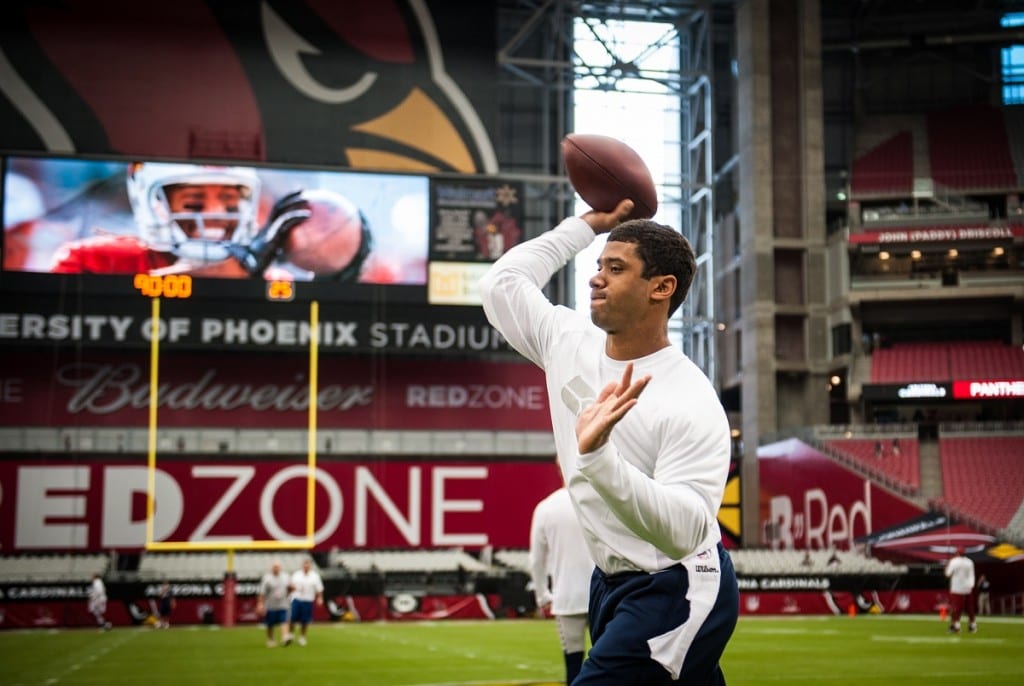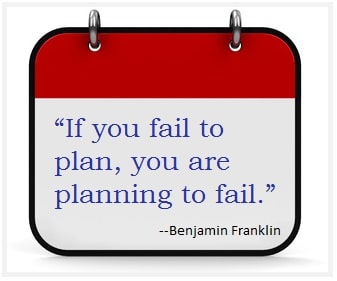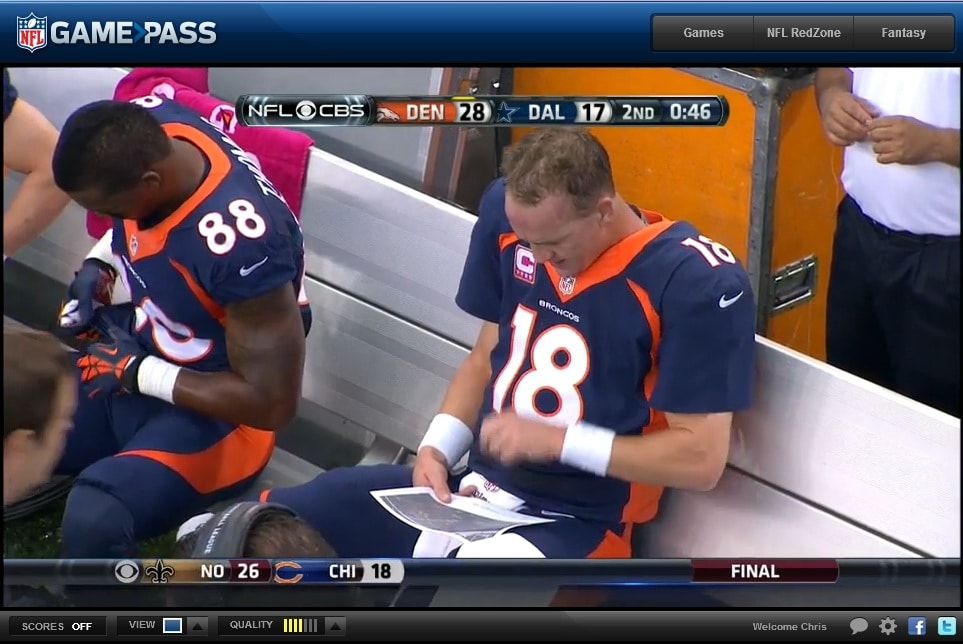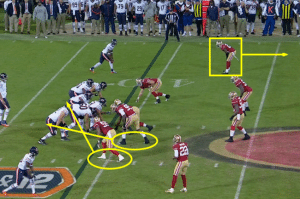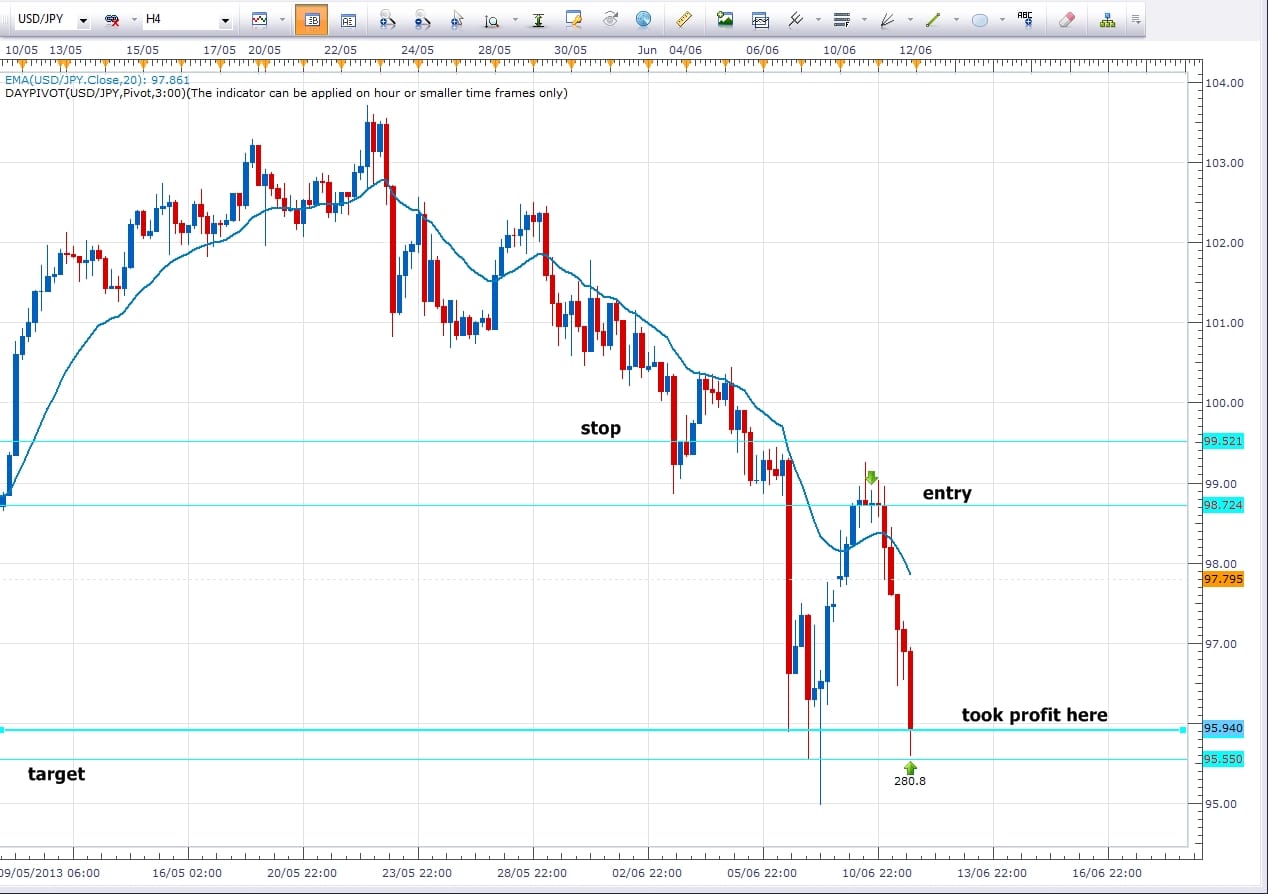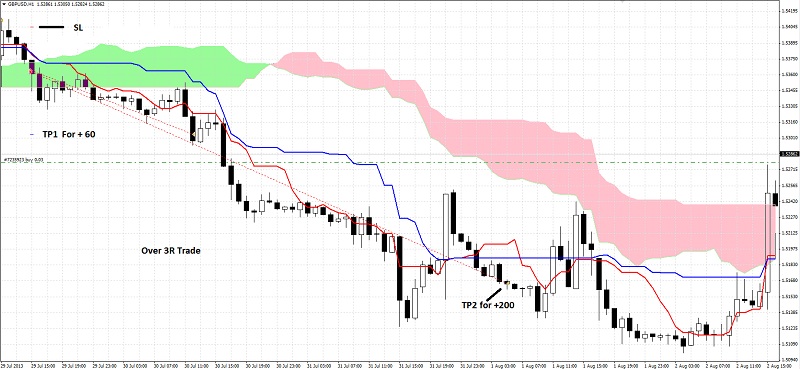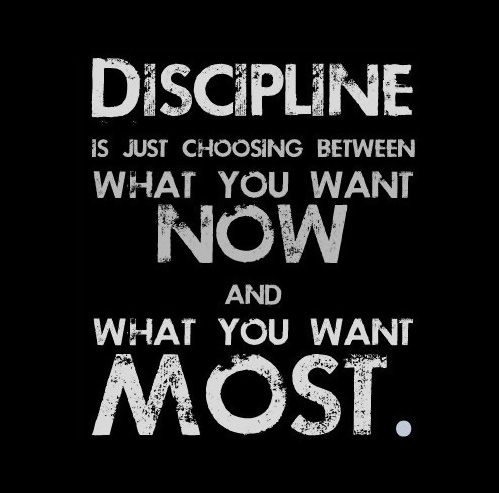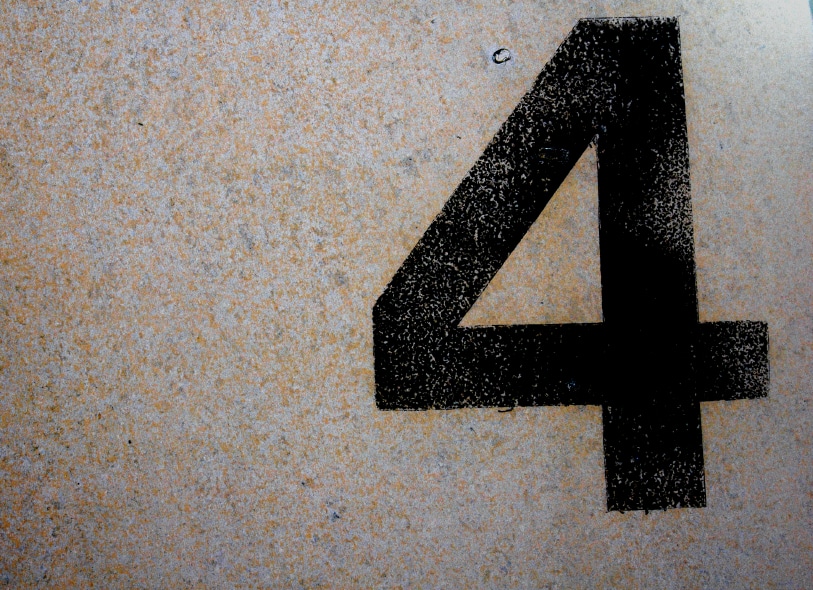
I recently read a post by Brett Steenbarger called ‘The Four Pillars of Trading Process‘. In this article he outlines and details what is a trading process, isolating several components of any trading process. They are;
1) Preparing
2) Performing
3) Reviewing
4) Revamping
Before I get into the spice and flavor of these four points, I’d like to state this commentary on Mr. Steenbarger’s post is both praise and critique. I appreciate his work on trading psychology and would suggest checking out his blog.
In this post, I found useful components to his description of the trading process. However, there are a few ingredients I would amplify/expand on, meaning I felt they could have been cooked a little more.
Let’s get into the four components and how he describes them. I will go over one at a time, discussing what I found valuable, along with what I’d change/adjust/or add to.
I will also give suggestions how you could get a greater understanding of the trading process and how to leverage this to increase your trading skill set.
#1 Preparing
Mr. Steenbarger defines this as the following;
“Preparing – What you do to identify and exploit opportunity in markets, including observation, research, idea testing, trade structuring, portfolio construction, and trade planning.”
To me, this first one falls short, because it only covers what you do once you sit down in front of your trading station.
Preparation (in my book) begins with the mental game, and that has to start before you actually put your butt in your chair.
You’ll see this in professional athletes who are getting themselves mentally ready before they even get to the stadium.
Aaron Rogers (quarterback for the Green Bay Packers, 1x Super Bowl Champion & holder of several Quarterback records) actually spends time the night before thinking about the game and what he is going to do.
Trading has to be approached in a similar way, and the successful traders I communicate with regularly employ the same tack.
Hence, we have to include mental preparation in this part of the trading process.
Even though Brett (Mr. Steenbarger’s first name) does a good job outlining what you do when you are in front of your trading station, I think this definition of ‘preparation‘ needs to be amplified.
#2 Performing
Here Mr. S. defines this as follows;
“Performing – What you do to initiate and manage positions in the market, including sizing, risk management, entry and exit execution, and adjusting to the ongoing stream of news, data releases, and market movements.”
Here I think Brett covers (by and large) all the ‘mechanical’ actions you as a trader will execute and engage on a daily basis. I do feel there is room in here to discuss ‘mental management‘ which is a large component of ‘performing‘ during your trading day.
However, I will cover this in the near future.
#3 Reviewing
Mr. S. here writes;
“Reviewing – What you do to examine individual trades and overall trading to learn from successes and mistakes and to reexamine ideas about markets.”
Not much to say here – he pretty much nails it, other than reviewing one’s mental performance & trading journal.

Note: For a great article on how to review your trades, read Reviewing Trades: Two Crucial Tips)
#4 Revamping
Brett here states;
“Revamping – What you do to translate your reviews into concrete goals and actions that make you more prepared and aid your future performance.”
Here I also feel he gets it right, although I think we can bring this into #3 above and make them one whole component of the trading process.
Now he also states in this article how the main issue for traders is not letting their emotions affect their trading and discipline. He feels the big issue is how they neglect the last two elements and spend most of their time working on #’s 1 and 2. Does this ring a bell?
While I certainly agree traders are less likely to review their trades, performance, process, etc., I find most revamping their methods all too frequently without ever digging deep into any one process, system or skill set.
On top of this, I find without a doubt many traders let their emotions affect their trading and discipline. I hear about it all the time, and even see it in their trading journals.
My experience is both are a major issues. Any trader not controlling their thought processes or emotions is the least likely to succeed. Hence I see it as a both-and scenario, not an either-or.
In Summary
I think Mr. Steenbarger does a good job of breaking down specific components of the trading process, and giving them a more detailed look.
I personally feel there needs to be more emphasis on preparation & reviewing, along with managing one’s mindset and emotions in real time.
I do see other components besides these four, which I will cover in the near future, but overall, he does a good job of bringing a greater discussion on the subject.
Those traders without a well developed trading process beyond the vanilla a) take a trading course, b) learn a trading system, and c) start trading in the markets, will find themselves struggling to trade consistently, missing key components, and not building their skill set.
Unfortunately this is the path most traders take, and it simply won’t get you from here to consistent profits. Hence why this is an important article and discussion.
With that being said, what parts do you see as critical to the trading process? Do you agree with my sentiments here?
Please make sure to share your thoughts, comments and feedback, particularly why and what you see the same/or differently.



